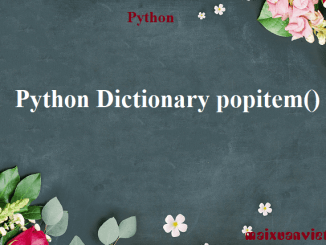
Python Dictionary popitem()
The Python popitem() method removes and returns the last element (key, value) pair inserted into the dictionary. The syntax of popitem() is: 1. Parameters for popitem() method […]

The Python popitem() method removes and returns the last element (key, value) pair inserted into the dictionary. The syntax of popitem() is: 1. Parameters for popitem() method […]
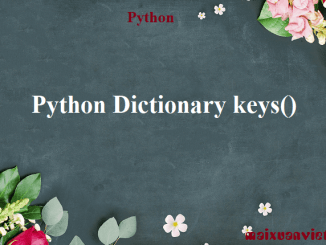
The keys() method returns a view object that displays a list of all the keys in the dictionary The syntax of keys() is: 1. keys() Parameters keys() doesn’t […]
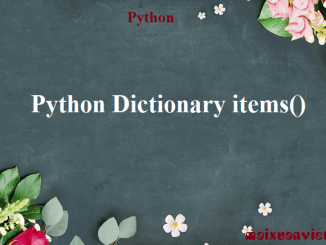
In this tutorial, we will learn about the Python Dictionary items() method with the help of examples. The items() method returns a view object that displays a […]
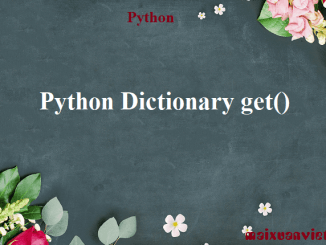
In this tutorial, we will learn about the Python Dictionary get() method with the help of examples. The get() method returns the value for the specified key […]
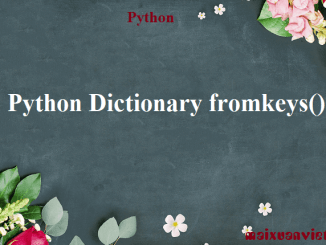
The fromkeys() method creates a new dictionary from the given sequence of elements with a value provided by the user. The syntax of fromkeys() method is: 1. […]
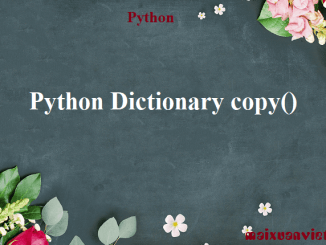
In this tutorial, we will learn about the Python dictionary copy() method with the help of examples. They copy() method returns a copy (shallow copy) of the […]

In this article, you’ll learn about shallow copy and deep copy in Python with the help of examples. 1. Copy an Object in Python In […]
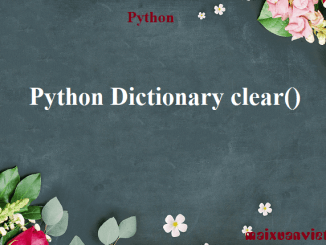
The clear() method removes all items from the dictionary. The syntax of clear() is: 1. clear() Parameters clear() method doesn’t take any parameters. 2. Return Value from clear() […]
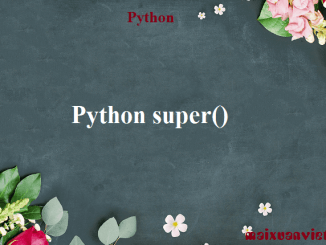
In this tutorial, we will learn about the Python super() function with the help of examples. The super() builtin returns a proxy object (temporary object of the […]
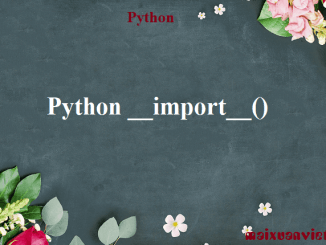
The __import__() is a function that is called by the import statement. The syntax of the __import__() function is: 1. __import__() Parameters name – the name of the […]
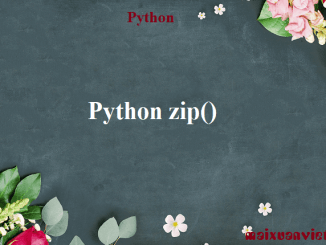
In this tutorial, we will learn about the Python zip() function with the help of examples. The zip() function takes iterables (can be zero or more), aggregates […]
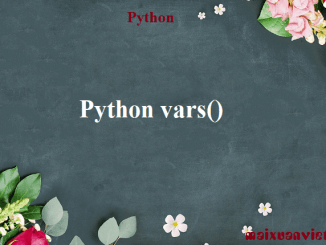
The vars() function returns the __dict__ attribute of the given object. The syntax of the vars() function is: 1. vars() Parameters vars() takes a maximum of one parameter. […]
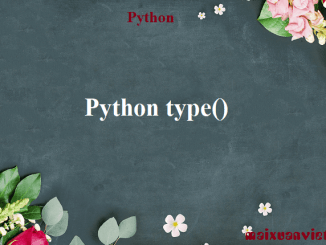
In this tutorial, we will learn about the Python type() function with the help of examples. The type() function either returns the type of the object or […]
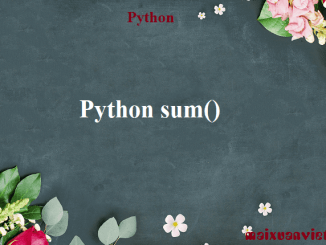
The tuple() builtin can be used to create tuples in Python. In Python, a tuple is an immutable sequence type. One of the ways of […]
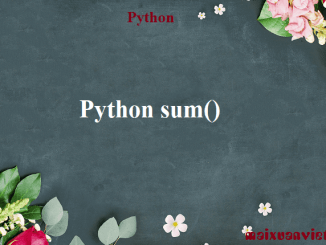
In this tutorial, we will learn about the Python sum() method with the help of examples. The sum() function adds the items of an iterable and returns […]
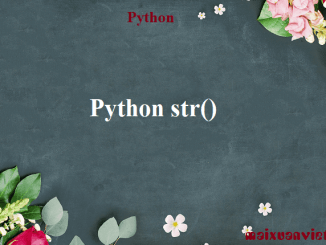
The str() function returns the string version of the given object. The syntax of str() is: 1. str() Parameters The str()method takes three parameters: object – The object whose string representation […]
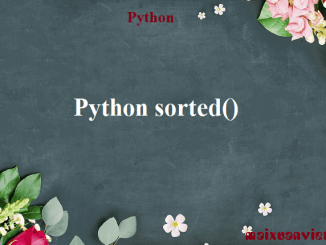
In this tutorial, we will learn about the Python sorted() method with the help of examples. The sorted() function sorts the elements of a given iterable in […]
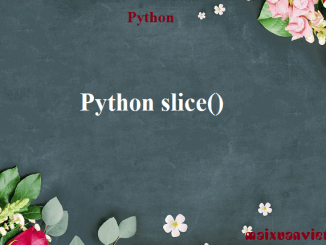
In this tutorial, we will learn about the Python slice() function with the help of examples. The slice() function returns a slice object that is used to […]
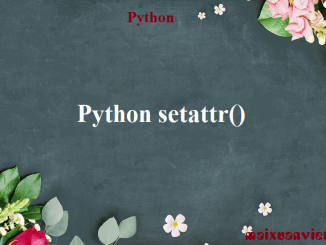
In this tutorial, we will learn about the Python setattr() function with the help of examples. The setattr() function sets the value of the attribute of an […]
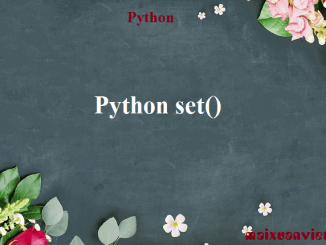
In this tutorial, we will learn about the Python set() function with the help of examples. The set() function creates a set in Python. Example 1. set() […]
